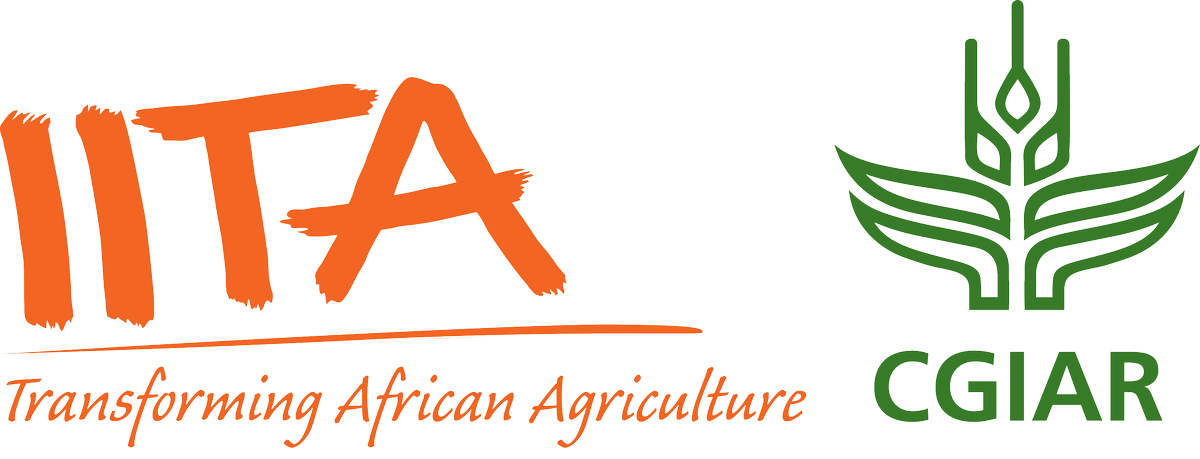| dc.contributor.author | Adan, M. |
| dc.contributor.author | Tonnang, H.E.Z. |
| dc.contributor.author | Kassa, C.E.F. |
| dc.contributor.author | Greve, K. |
| dc.contributor.author | Borgemeister, C. |
| dc.contributor.author | Goergen, G. |
| dc.date.accessioned | 2024-11-06T11:02:42Z |
| dc.date.available | 2024-11-06T11:02:42Z |
| dc.date.issued | 2024-05-06 |
| dc.identifier.citation | Adan, M., Tonnang, H.E.Z., Kassa, C.E.F., Greve, K., Borgemeister, C. & Goergen, G. (2024). Combining temperature-dependent life table data into Insect Life Cycle Model to forecast fall armyworm Spodoptera frugiperda (JE Smith) distribution in maize agro-ecological zones in Africa. PLoS ONE, 19(5): e0299154, 1-25. |
| dc.identifier.issn | 1932-6203 |
| dc.identifier.uri | https://hdl.handle.net/20.500.12478/8632 |
| dc.description.abstract | The fall armyworm (FAW), Spodoptera frugiperda (JE Smith) (Lepidoptera: Noctuidae), an invasive agricultural pest, has significantly impacted crop yields across Africa. This study investigated the relationship between temperature and FAW life history traits, employing life cycle modeling at temperatures of 20, 25, 28, 30, and 32°C. The development time for eggs, larvae, and pupae varied from 0–3 days, 10–18 days, and 7–16 days, respectively. The optimal temperature range for immature stage survival and female fecundity was identified as 21–25°C, with the intrinsic rate of increase (rm) and gross reproductive rate (GRR) peaking at 25–28°C. Model validation confirmed the accuracy of these findings. The research further projected the Establishment Risk Index (ERI), Activity Index (AI), and Generation Index (GI) for FAW under current and future climates (2050 and 2070) using RCP 2.6 and RCP 8.5 scenarios. Results indicate that RCP 2.6 leads to a reduction in high-risk FAW areas, particularly in central Africa. Conversely, RCP 8.5 suggests an increase in areas conducive to FAW activity. These findings highlight the impact of climate policy on pest dynamics and the importance of incorporating climatic factors into pest management strategies. The study predicts a potential decrease in FAW prevalence in West Africa by 2070 under aggressive climate mitigation, providing a basis for future FAW management approaches. |
| dc.description.sponsorship | Federal Ministry for Economic Cooperation and Development, Germany |
| dc.format.extent | 1-25 |
| dc.language.iso | en |
| dc.subject | Fall Armywarm |
| dc.subject | Pests of Plants |
| dc.subject | Plant Health |
| dc.subject | Maize |
| dc.title | Combining temperature-dependent life table data into Insect Life Cycle Model to forecast fall armyworm Spodoptera frugiperda (JE Smith) distribution in maize agro-ecological zones in Africa |
| dc.type | Journal Article |
| cg.contributor.affiliation | University of Bonn |
| cg.contributor.affiliation | International Centre of Insect Physiology and Ecology |
| cg.contributor.affiliation | University of KwaZulu-Natal |
| cg.contributor.affiliation | International Institute of Tropical Agriculture |
| cg.coverage.region | Africa |
| cg.coverage.region | West Africa |
| cg.coverage.country | Benin (Dahomey) |
| cg.coverage.hub | Headquarters and Western Africa Hub |
| cg.researchtheme | Plant Production and Health |
| cg.identifier.bibtexciteid | ADAN:2024 |
| cg.isijournal | ISI Journal |
| cg.authorship.types | CGIAR and developing country institute |
| cg.iitasubject | Agronomy |
| cg.iitasubject | Disease Control |
| cg.iitasubject | Food Security |
| cg.iitasubject | Maize |
| cg.iitasubject | Pests of Plants |
| cg.iitasubject | Plant Breeding |
| cg.iitasubject | Plant Health |
| cg.iitasubject | Plant Production |
| cg.journal | PLoS ONE |
| cg.notes | Open Access Journal |
| cg.accessibilitystatus | Open Access |
| cg.reviewstatus | Peer Review |
| cg.usagerightslicense | Creative Commons Attribution 4.0 (CC BY 0.0) |
| cg.targetaudience | Scientists |
| cg.identifier.doi | https://doi.org/10.1371/journal.pone.0299154 |
| cg.iitaauthor.identifier | Georg Goergen: 0000-0003-4496-0495 |
| cg.futureupdate.required | No |
| cg.identifier.issue | 5: e0299154 |
| cg.identifier.volume | 19 |

